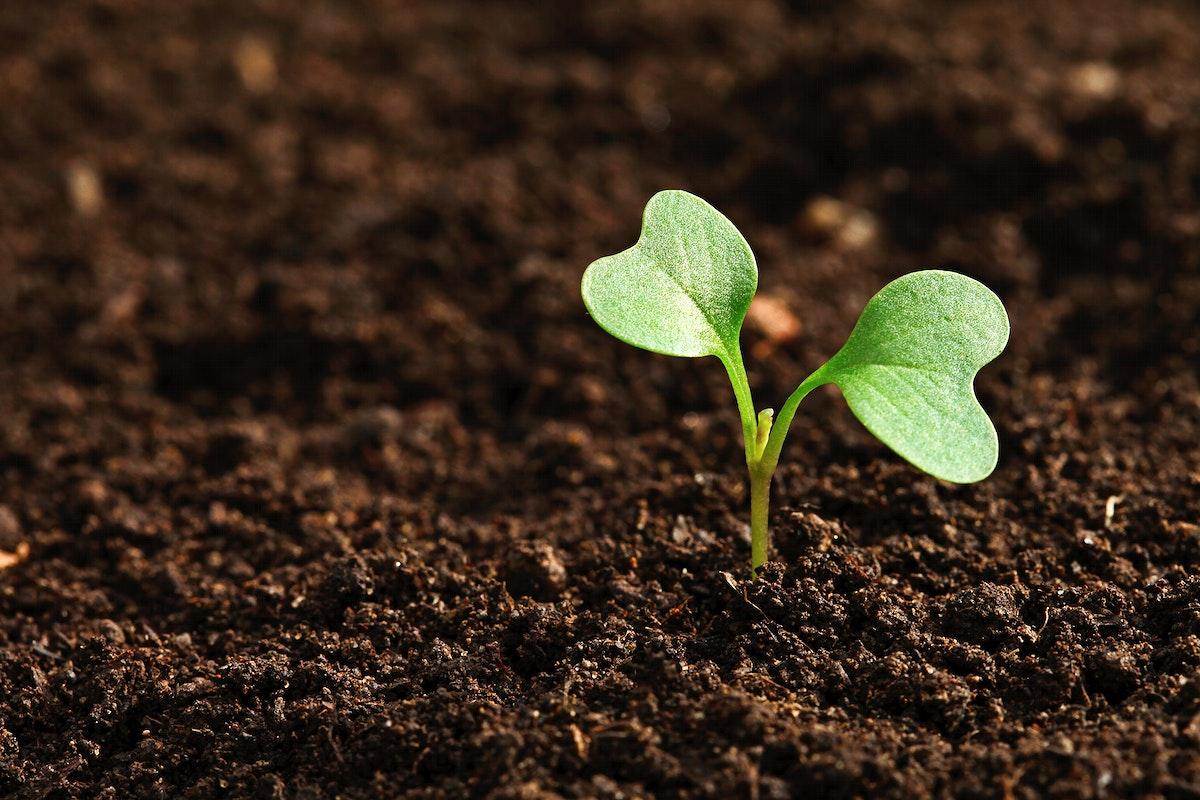
This lesson is part one of two lessons. Students create a step-by-step guide on how to grow a plant from a seed. They must include the required materials, conditions, and steps involved.
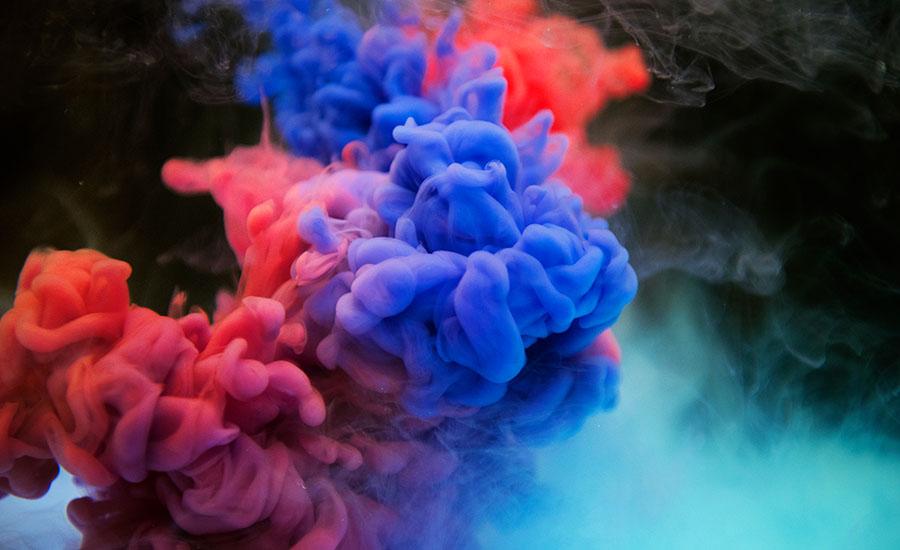
In this lesson students will combine their understanding of art and engineering to create their own twist on the famous Jeff Koons balloon sculptures. The students will then write an Artist statement
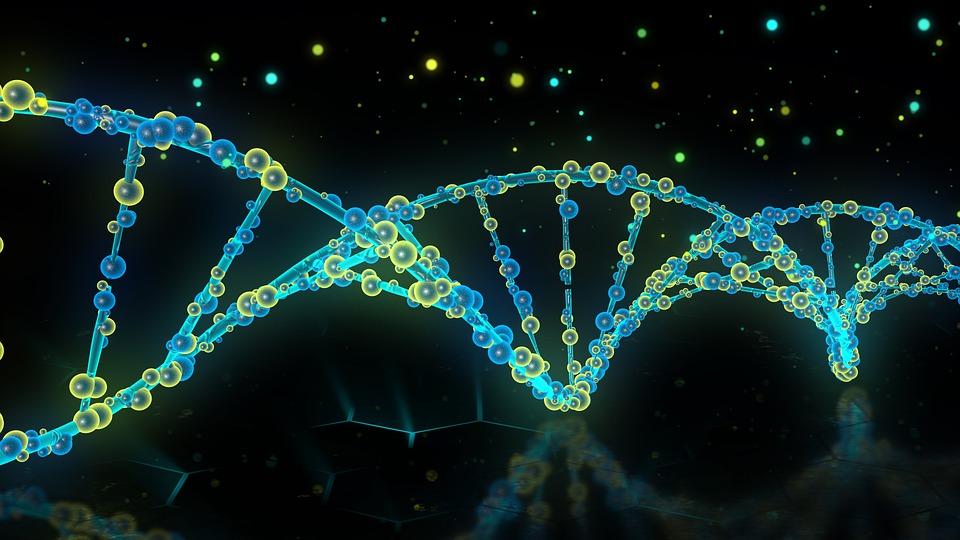
Students will be paired up, or a group of three if one odd number, and create a Mom and Dad creature with Dominant and Recessive Traits that get passed on to two offspring through the flipping of a
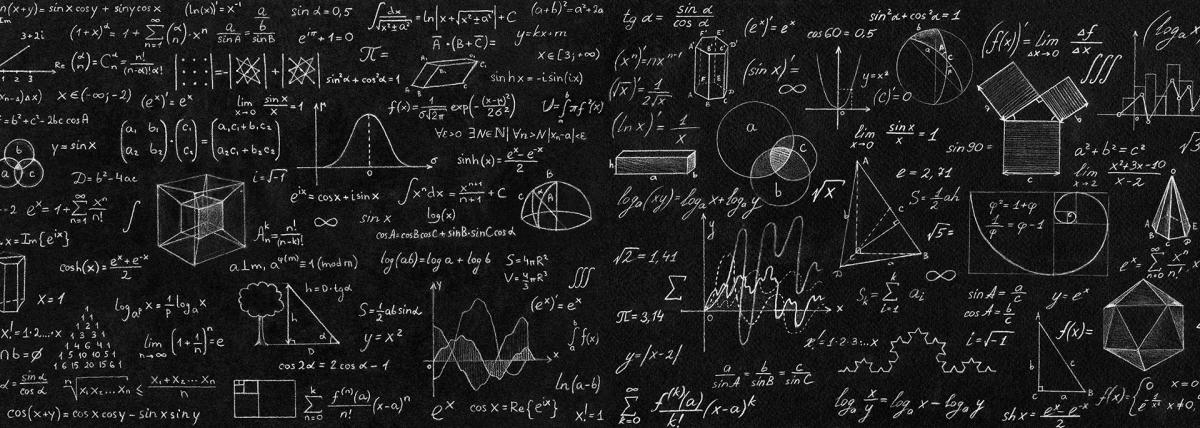
Students will use the engineering design process to complete 3 challenges. Each challenge gathers data and collects their engineering changes necessary to complete the challenge.
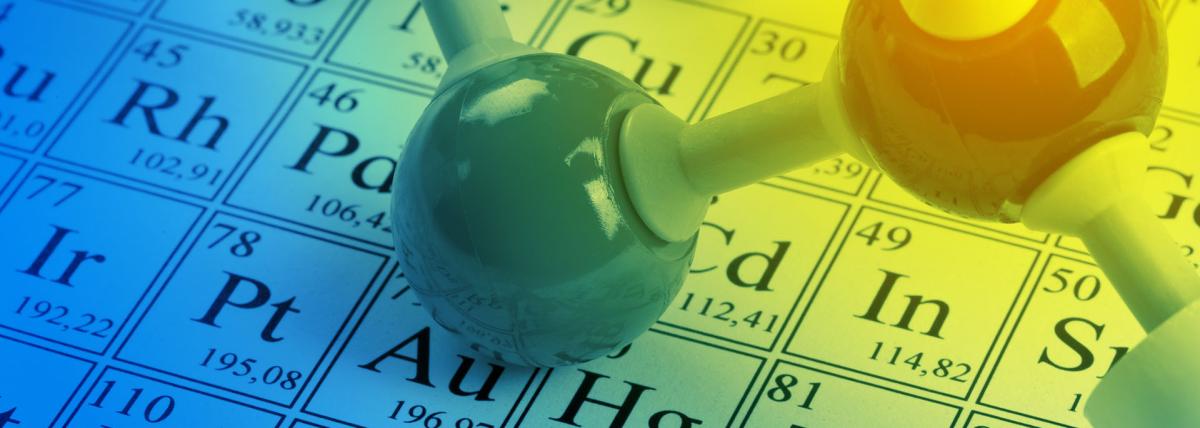
Students observe particle movement for solids, liquids, and gases. They then write Pseudocode for coding particle behavior and then they code particle movement on Scratch for the three states/phases

This lesson could be a Part II for the 3D modeling atomic theory lesson using Tinkercad, or this lesson can be delivered independently. In this lesson students fill out an atomic theory timeline and

On Day 3, students take their journey to the next level. After gaining insights into plant life cycles and the crucial role of pollinators in the first two days, they now get hands-on and creative. In

Students learn about atomic theory and the scientists that theorized new atomic models from experiments they conducted. Students then create a 3D model for each advancement in the theory timeline

Day 2 of this lesson plan for 1st-grade students plays a crucial role in bridging theoretical understanding with hands-on experience. It deepens students' knowledge of pollination, emphasizing the

In Day 1 (of 3) of our exciting journey, students embark on a captivating exploration of the natural world, delving into the mysteries of plant life cycles and the essential role that bees play in
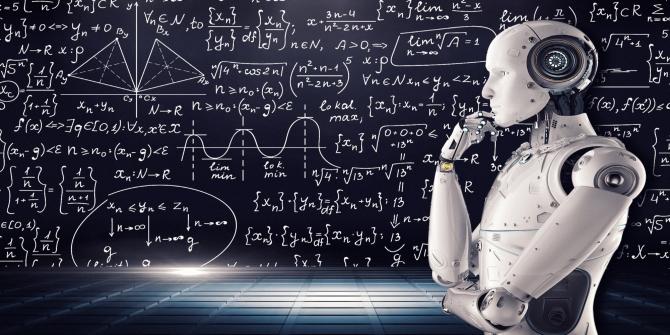
In this lesson, students will learn about Indi the robot and collaboratively solve addition problems using critical thinking and problem-solving skills. They will then become detectives to solve the

In this lesson, students will learn about Indi the robot. They will collaborate with their peers and use problem-solving skills and critical thinking to learn about coding and how to create an

In this lesson students will discover the best angle that will produce the fastest speed for a hot wheel vehicle when traveling 1 meter. Students will also practice calculating speed (speed=distance
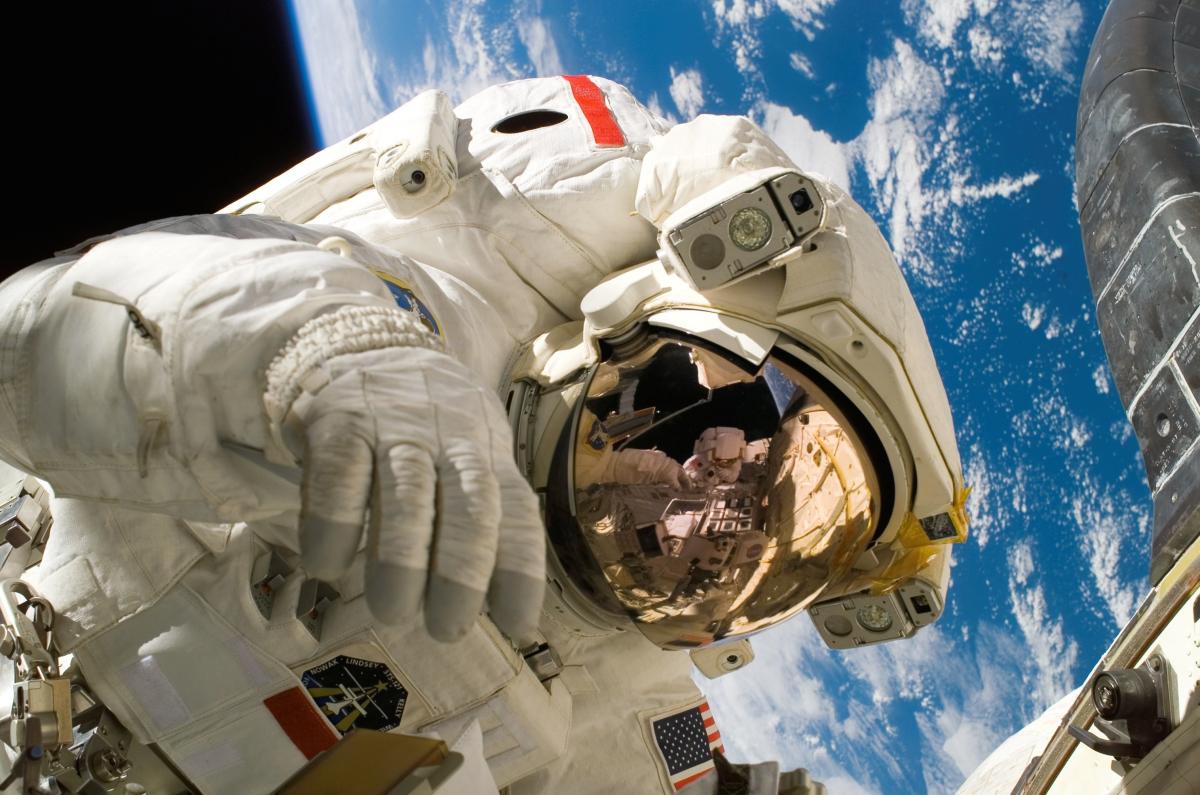
In this lesson, students will test Earth's gravity and how gravity affects objects of different masses. Students will see that mass does not have an effect but instead air resistance is what causes
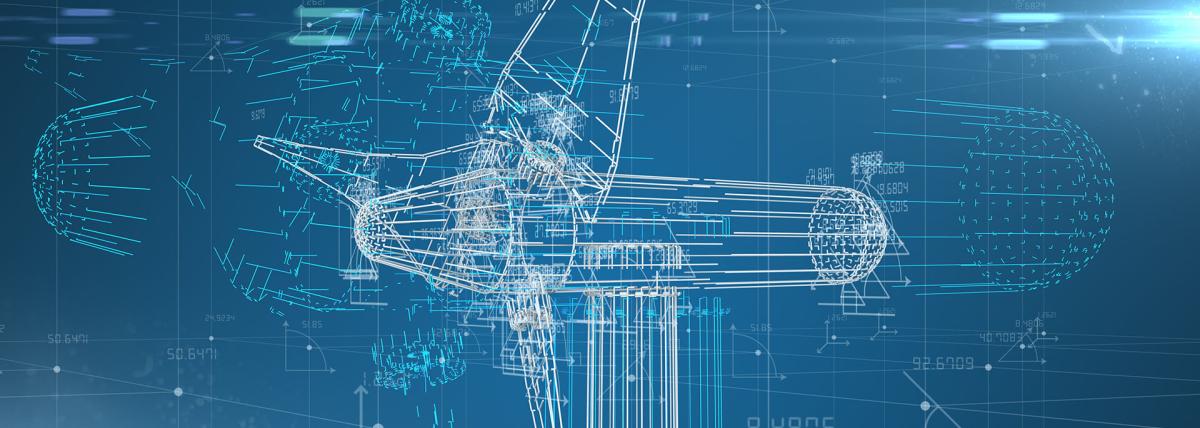
Students will be able to understand proportional relationships with rescaling a drawing. Students will be able to draw a reduced scale drawing and enlarged scale drawing in the end. Students will also

This lesson is used to introduce our unit on Energy in a 9th grade physics course; however, it can be adapted to various grade levels and contents. It can be completed over 1–3 days, depending on your
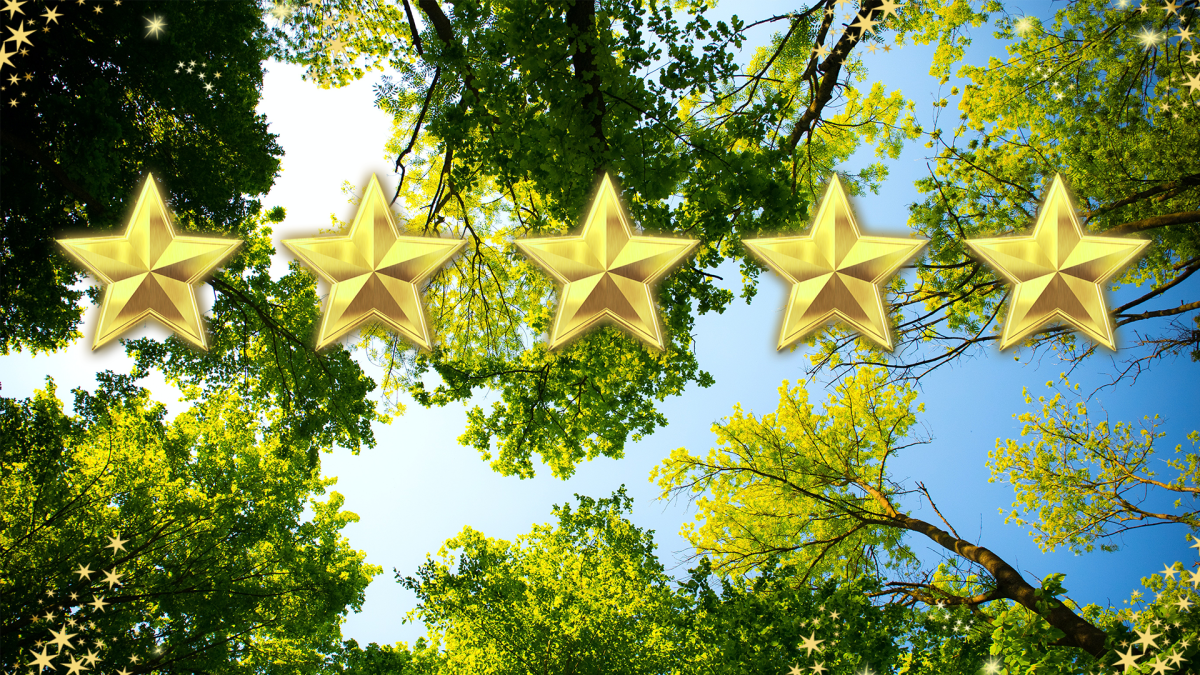
Ballooning Spider Phenomenon
Lesson Description: In this first-grade lesson, we will learn about the amazing world of spiders! We'll start by exploring the life cycle of a spider, from when it hatches to how it grows and changes
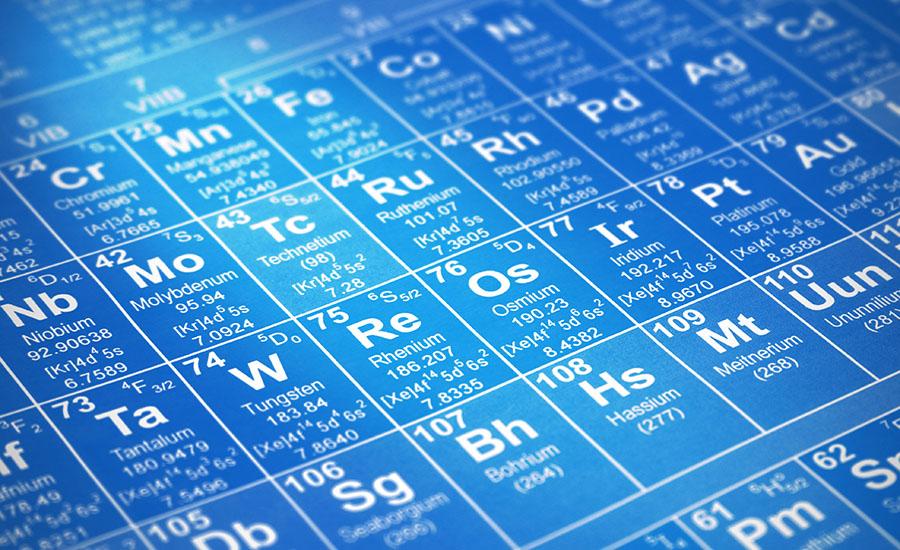
This lesson plan is designed for 8th graders to introduce the periodic table as well as learning how molecules are formed and what they look like. Students will engage in a Science, Technology, and

In this lesson, students will first learn the importance of using reliable tools when gathering data in an experiment. When given common acidic and basic substances, students will then begin to

The students will create an interactive diorama using the Hummingbird Robotics kit on Natural Disasters. The students will choose their Natural Disaster that they want to bring to life, complete a

Students will be researching engineering design features that can be utilized to create buildings that can more effectively withstand the effects of a major earthquake. Students will work within a
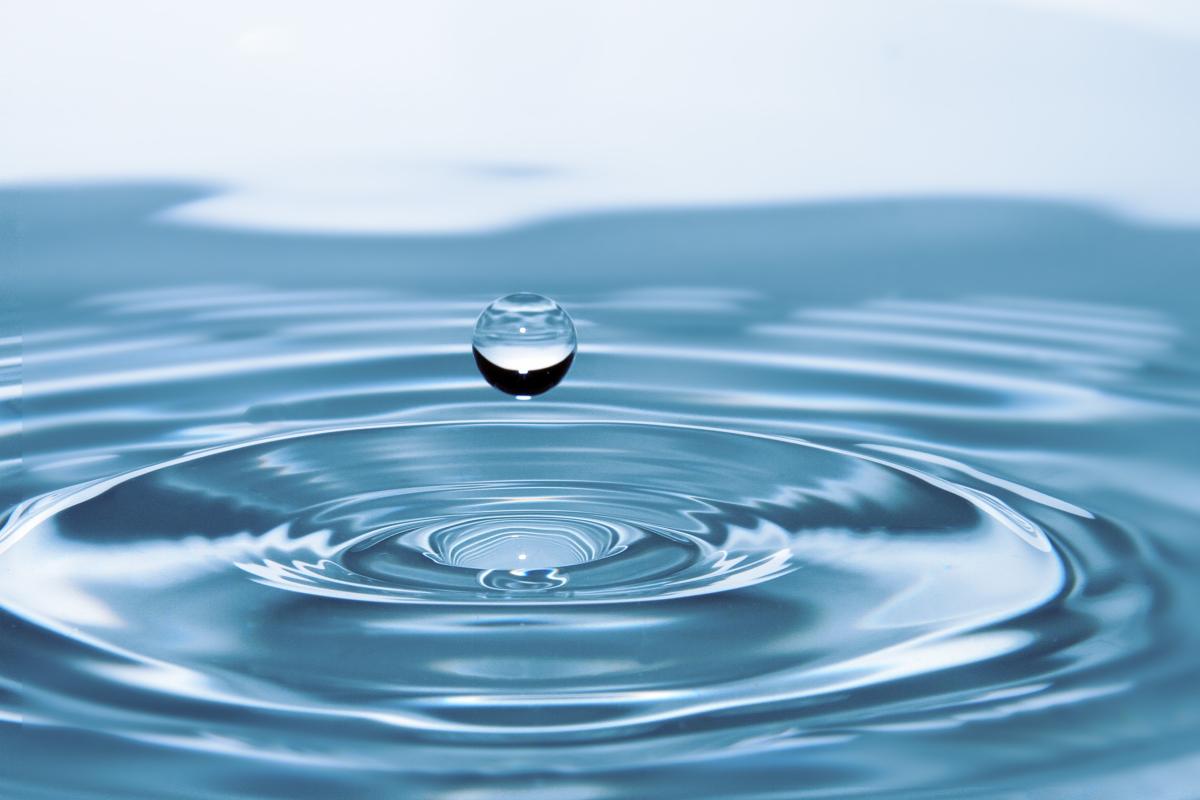
This lesson is an introduction to Animation. The Flipbook lessons will eventually lead into students creating a Stop Motion animation. This lesson can be used for grades 3rd - 8th grade. The students

Students will create their roller coaster model, test the transfer of energy, measure the distance of how far their marble traveled and compare their distance to the distance of others. *Printable

Students will read the original version of The Three Little Pigs and then explore different versions of the story. After exploring, they will complete a compare & contrast chart on two or three of the
